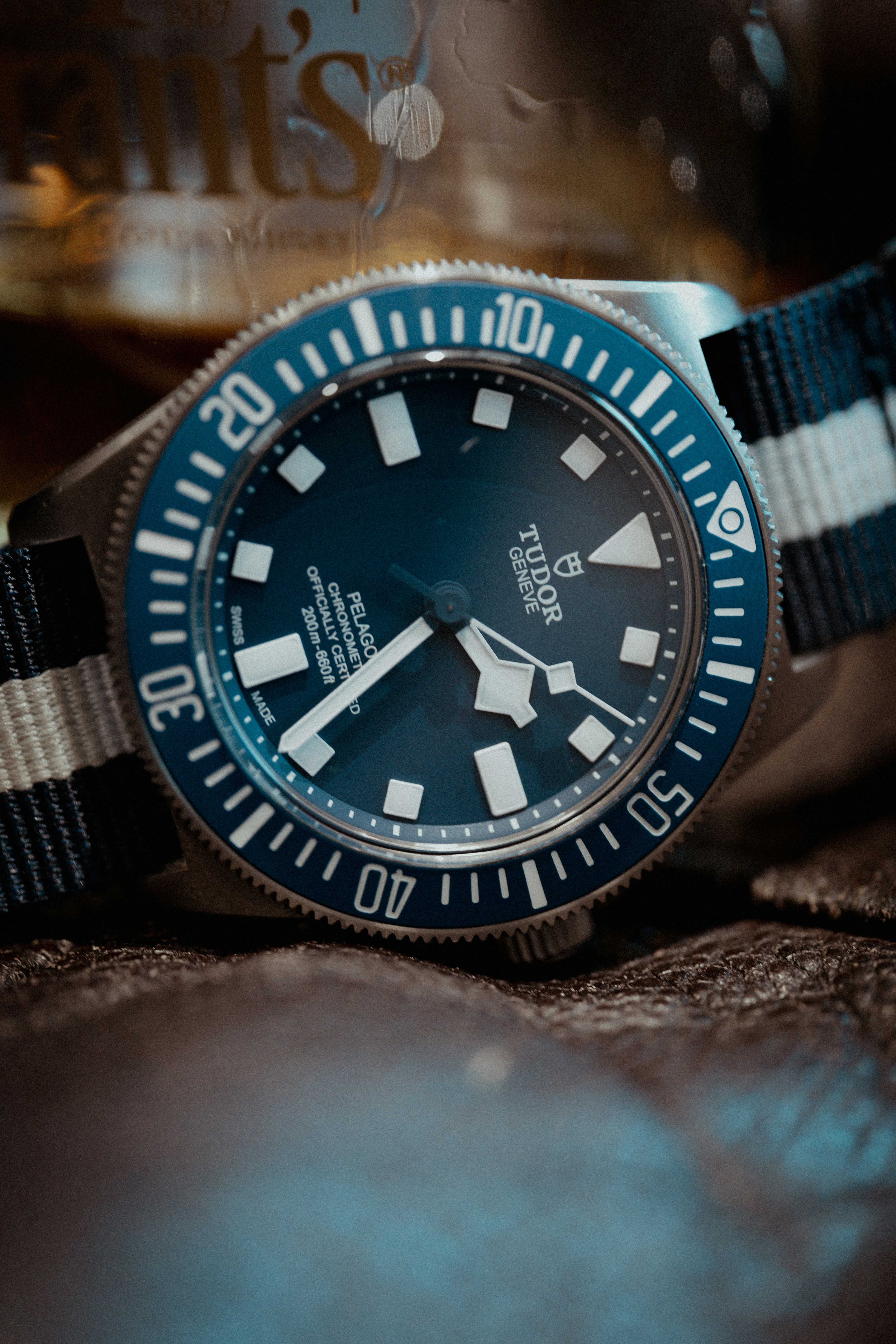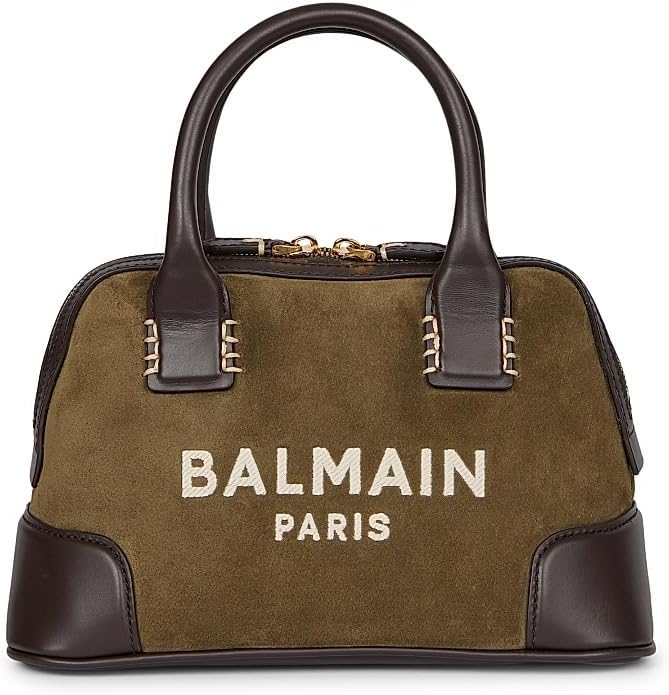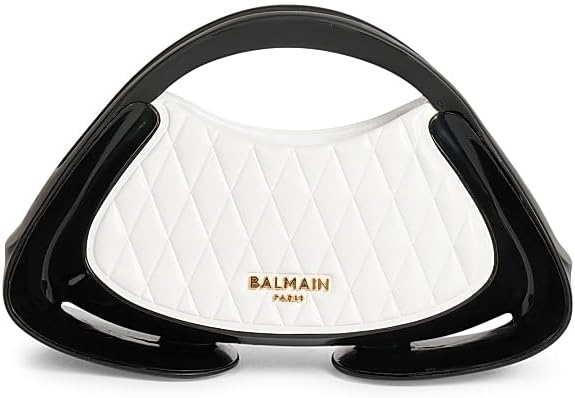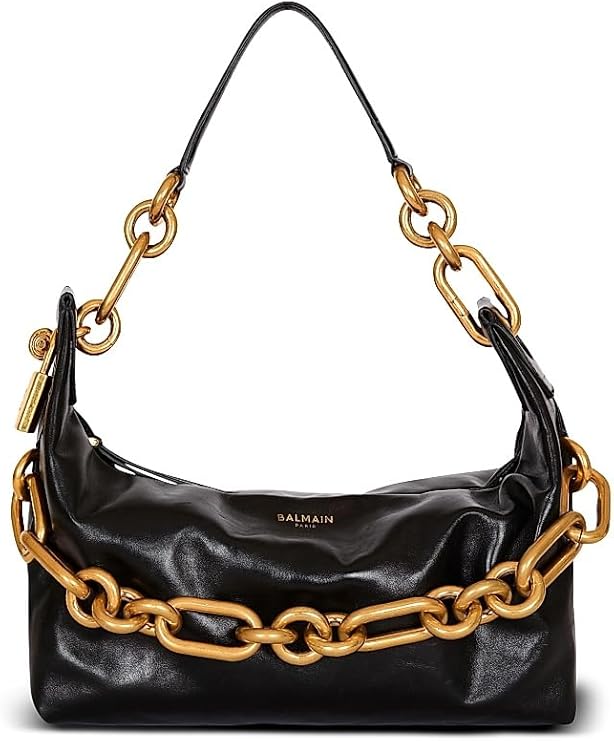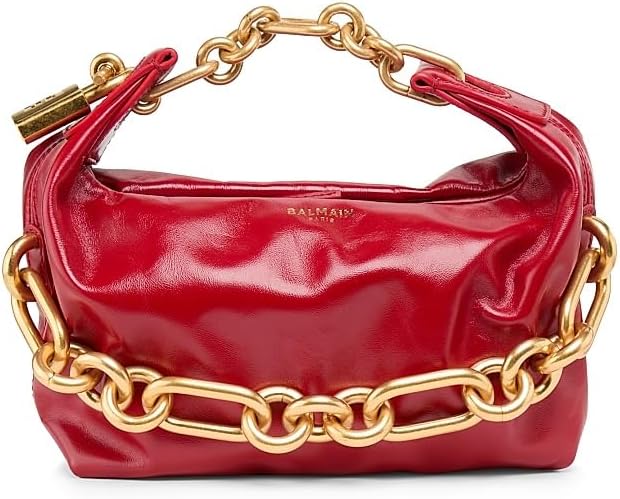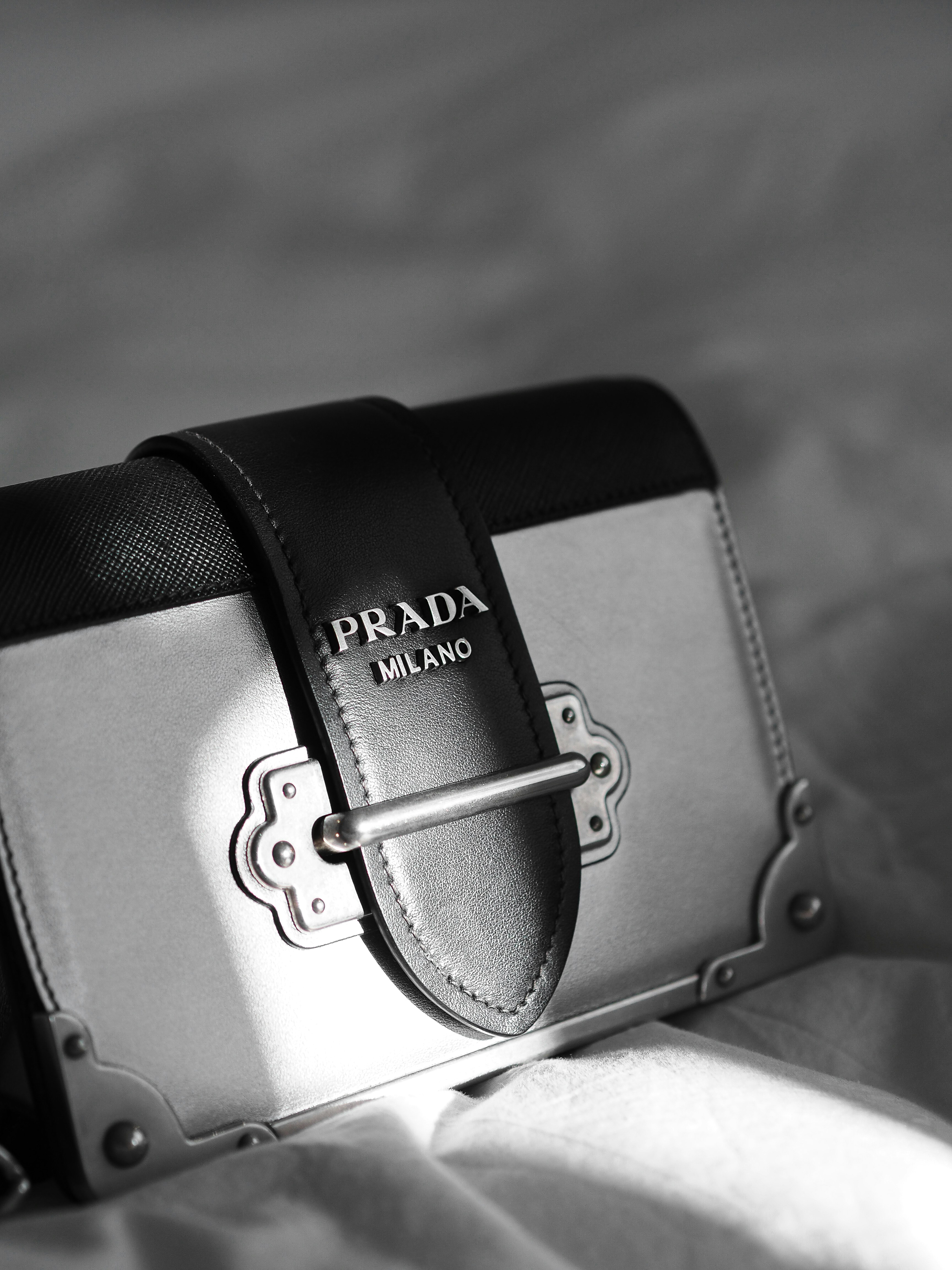Founded in 1926 by Hans Wilsdorf, Tudor Watches emerged as a strategic sister brand to the prestigious Rolex line. Recognizing the need for a more accessible alternative to luxury timepieces, Wilsdorf endeavored to create a watch brand that would embody the same quality and reliability associated with Rolex but at a more appealing price point. This initiative aimed to reach a broader audience, allowing more individuals to experience the craftsmanship and precision that were hallmarks of the Wilsdorf legacy.
The rationale behind establishing Tudor involved Wilsdorf’s desire to make high-quality watches obtainable for a larger demographic without compromising on durability and functionality. By utilizing the same manufacturing techniques as Rolex, Tudor Watches guaranteed performance consistency, albeit with a distinct identity. This marked a significant endeavor in the watchmaking industry, addressing the balance between luxury and affordability.
Initially, Tudor’s offerings were fitted with movements from respected Swiss manufacturers, ensuring that they maintained a reputation for reliability. The brand quickly gained traction in the market as users appreciated the robust designs that mirrored the aesthetic traits of their Rolex counterparts. Tudor timepieces, such as the original Tudor Oyster, were recognized for their waterproof capabilities and were often marketed as tools for adventurers, reinforcing the brand’s commitment to exceptional performance.
Throughout its early years, Tudor positioned itself strategically within the watch industry. It appealed not solely to watch enthusiasts but to everyday consumers looking for quality timepieces that did not compromise on style or performance. The market responded positively, allowing Tudor to carve out a significant niche, distinct from Rolex yet intrinsically linked through shared values of reliability and exceptional craftsmanship.
Tudor’s Evolution: From Utility to Heritage
Tudor, originally conceived as a sibling brand to Rolex, embarked on its journey in 1926 under the vision of Hans Wilsdorf. The brand was created to provide robust and accessible alternatives to luxury watches, positioning itself primarily in the realm of tool watches. In the early years, Tudor’s designs focused on functionality, with the aim of catering to those who sought reliability in timekeeping, notably in challenging conditions. Its partnerships with military organizations helped to solidify its reputation as a reliable watchmaker, emphasizing durability and precision.
As the decades progressed, particularly in the 1950s and 1960s, Tudor began introducing innovations that would significantly influence the watch industry. One of the most notable milestones was the introduction of the Tudor Submariner, a model designed specifically for divers that showcased the brand’s commitment to both ruggedness and style. The watch was equipped with a rotating bezel and water resistance, features that appealed to professionals and enthusiasts alike. This model not only solidified Tudor’s standing within the realm of tool watches but also laid the groundwork for future design principles that favored both functionality and aesthetic appeal.
In the latter part of the 20th century, Tudor began embracing a more heritage-focused approach. The revival of iconic models, such as the Tudor Black Bay, reflected a newfound emphasis on craftsmanship and design heritage, attracting a diverse array of watch enthusiasts and collectors. The incorporation of in-house movements marked a significant turning point for the brand, enhancing its prestige and allowing for greater design flexibility. These developments have positioned Tudor as a serious contender in the luxury watch community, where it continues to thrive, blending its storied past with modern innovations that resonate with contemporary tastes. This strategic evolution reflects Tudor’s ability to adapt while staying true to its roots, fostering a deep appreciation among watch aficionados worldwide.
The Black Bay Collection: A Testament to Tudor’s Revival
The Black Bay collection, launched in 2012, represents a significant milestone in Tudor’s resurgence and a homage to its rich diving heritage. By seamlessly blending vintage aesthetics with modern watchmaking technologies, Tudor has crafted a line of watches that resonate with both enthusiasts and general consumers. The Black Bay series serves as a critical bridge, integrating the nostalgic appeal of classic dive watches with the precision and reliability expected in contemporary timepieces.
One of the standout features of the Black Bay watches is their robust design, characterized by a distinctive snowflake hour hand and a unidirectional rotating bezel. This combination not only enhances functionality but also pays tribute to Tudor’s historical lineage in producing professional diving watches. The collection boasts a variety of models, each with its unique attributes, including the Black Bay Fifty-Eight, which effectively captures the essence of the 1958 Tudor Submariner. With its 39mm case size, this model offers a vintage-inspired, more compact fit, making it suitable for diverse wrist sizes.
Another model worth mentioning is the Black Bay Steel, which showcases Tudor’s innovative spirit with its clear and modern aesthetic while retaining the core elements of the brand’s diving legacy. These models have received widespread acclaim, often noted for their quality craftsmanship and beautiful finishing. The utilization of in-house movements further underscores Tudor’s commitment to excellence and reinforces its position within the luxury watch segment.
In conclusion, the Black Bay collection epitomizes Tudor’s ability to marry past and present, creating timepieces that uphold traditional values while embracing innovation. This successful line not only reflects Tudor’s distinguished background but also cements its reputation as a leading contender in the contemporary luxury watch market.
Tudor and Rolex: A Unique Relationship in the Luxury Watch Market
The relationship between Tudor and Rolex is one that has shaped the luxury watch market for decades. Established by Hans Wilsdorf in 1926, Tudor was designed to provide the same quality and precision that Rolex was known for but at a more accessible price point. This strategic positioning enabled Tudor to carve out a niche while benefiting from the luxurious reputation of its sibling brand. The two brands share a common heritage, allowing Tudor to tap into Rolex’s innovations and expertise, which enhances its credibility in the luxury sector.
Tudor has adeptly maintained its unique identity, which is rooted in its bold designs and functional characteristics. While Rolex is often associated with prestige, Tudor emphasizes sportiness and durability, catering to a dedicated clientele that values performance as much as aesthetics. Notably, the Tudor Pelagos and Black Bay models have distinguished themselves as favorites among watch enthusiasts, showcasing Tudor’s ability to resonate with a distinct audience while leveraging Rolex’s legacy.
Collaboration between the two brands remains significant, as Tudor benefits from Rolex’s advanced manufacturing techniques and precision timekeeping. For instance, Tudor’s development of in-house movements has been inspired by Rolex’s innovations, allowing them to offer exceptional quality without diluting their brand ethos. This synergy has not only propelled Tudor’s growth but also reinforced the overall prestige of the Rolex name.
In conclusion, the unique relationship between Tudor and Rolex exemplifies how two luxury brands can coexist, complementing each other while keeping their distinct identities intact. Through sharing innovations and market strategies, both brands have contributed to shaping the luxury watch landscape, establishing Tudor as a strong competitor in its own right.

